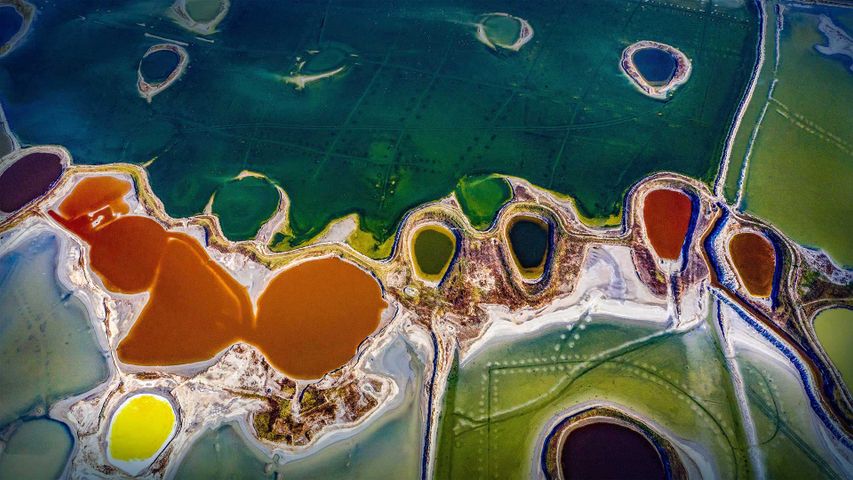Caribbean flamingos, Ría Lagartos Biosphere Reserve, Yucatán Peninsula, Mexico
© Claudio Contreras/Minden Picture
Caribbean flamingos
Our adult Caribbean flamingos in today’s image certainly don’t have an easy task. Flamingo youngsters, like those here at the Ría Lagartos Biosphere Reserve in Mexico’s Yucatán Peninsula, mature around the age of three to five years, so while they don’t yet look like how we imagine flamingos, their trademark pink feathers will soon develop. The hot-pink colouring comes from the flamingo diet: They eat food that contains a lot of alpha and beta carotenoid pigments, such as algae, bugs, crustaceans and mollusks.
And because the algae and crustaceans they consume are filled with these chemicals, they also have pink skin and even pink blood. The milk that they produce to feed their young is also, you guessed it, pink. It may come as no surprise that the word “flamingo” is derived from the Latin word for fire. The Caribbean flamingo, also called American flamingo, is by far the brightest and one of the largest of all the flamingos. Caribbean flamingos can be found in South Florida, the Caribbean and the Galapagos islands, mainly in lagoons, lakes and mudflats.
Related Images
Bing Today Images
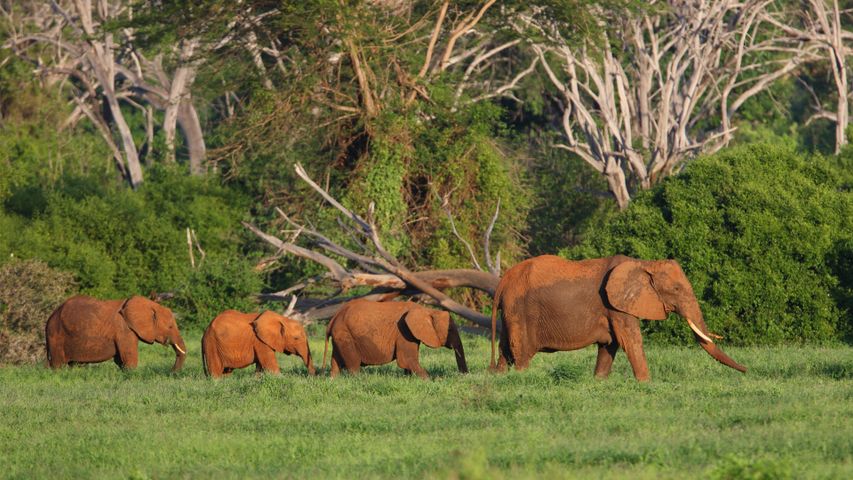
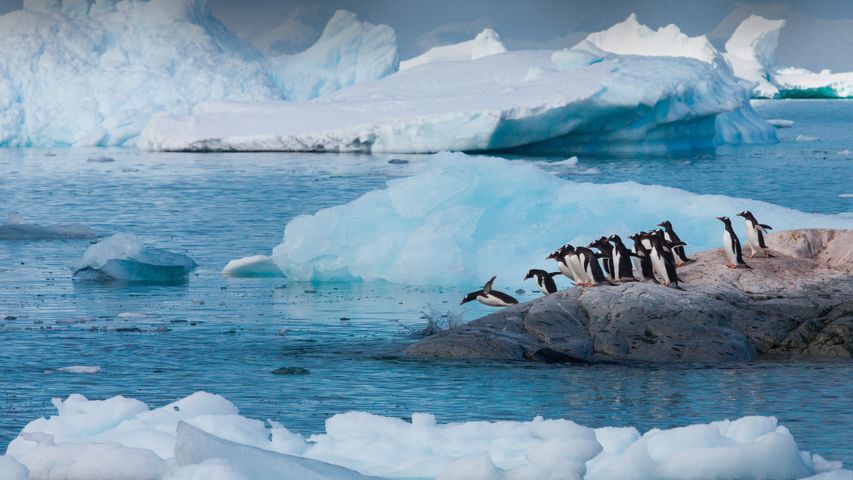
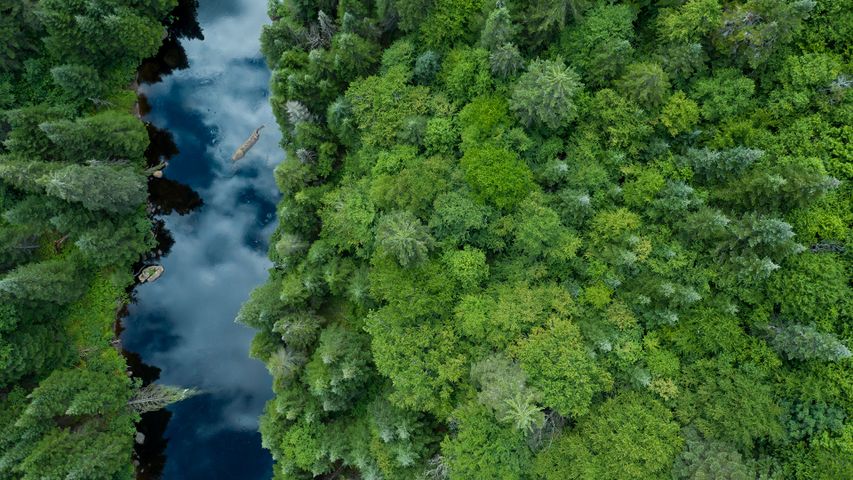
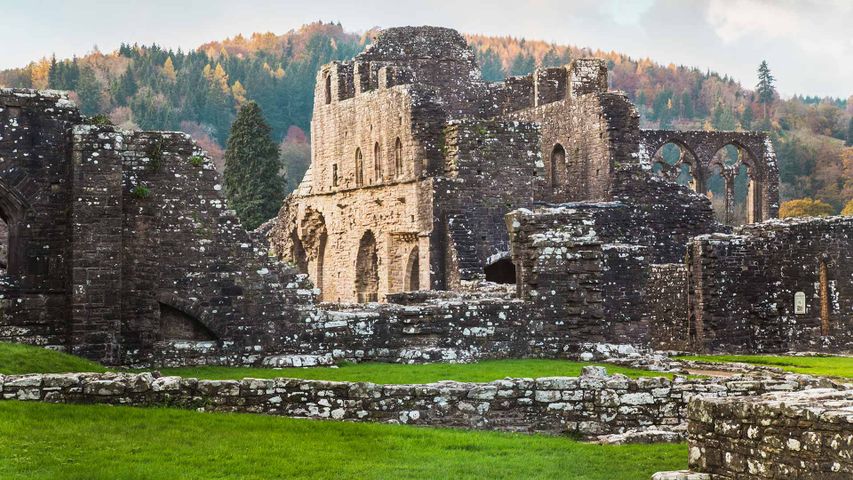
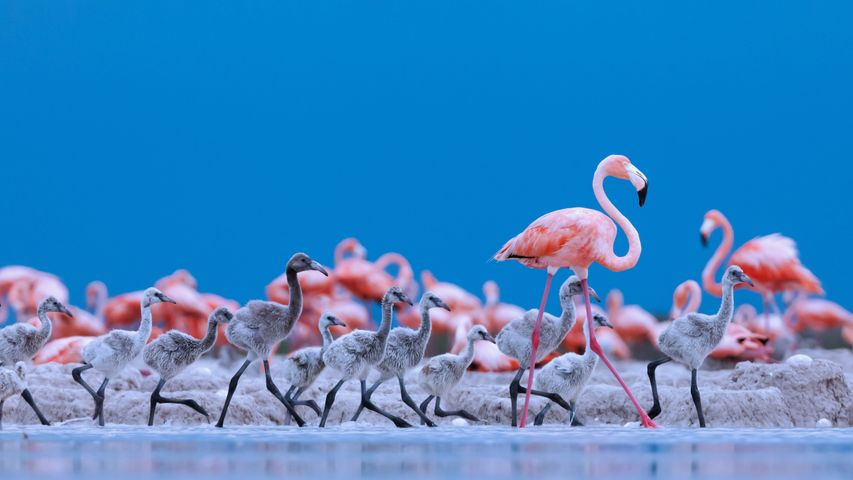
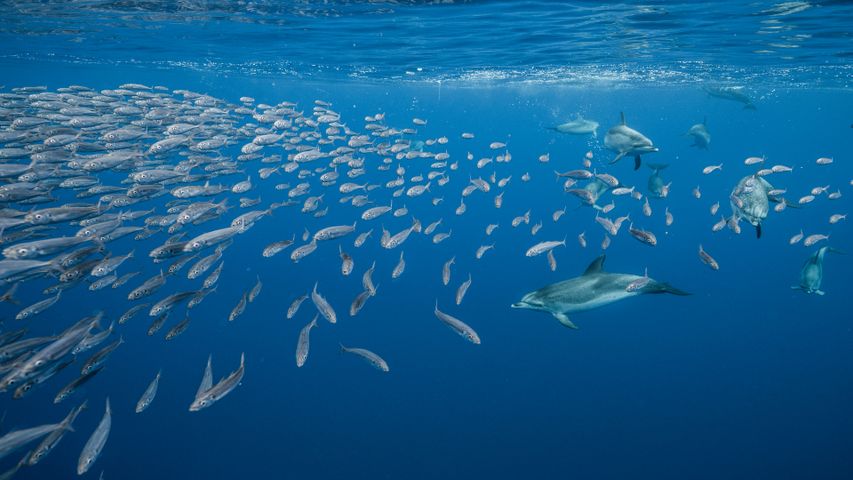 Atlantic spotted dolphins near Santa Maria Island, Azores, Portugal
Atlantic spotted dolphins near Santa Maria Island, Azores, Portugal
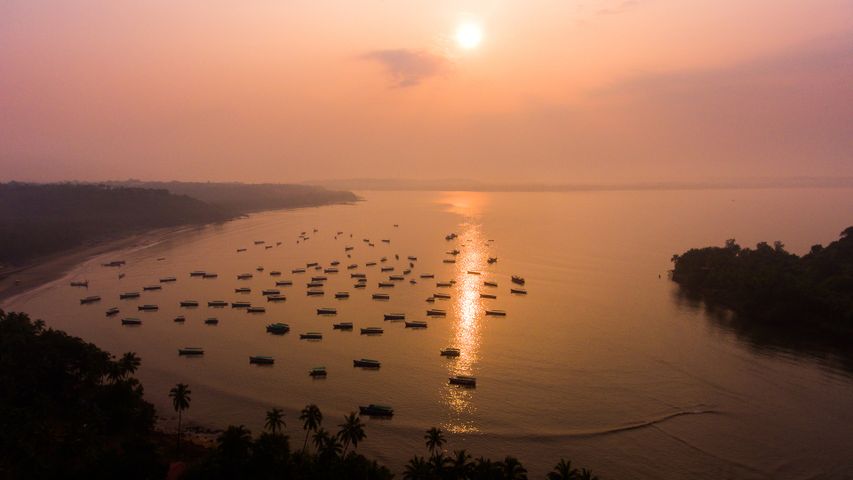 Fishing boats at Coco Beach in Goa, India
Fishing boats at Coco Beach in Goa, India
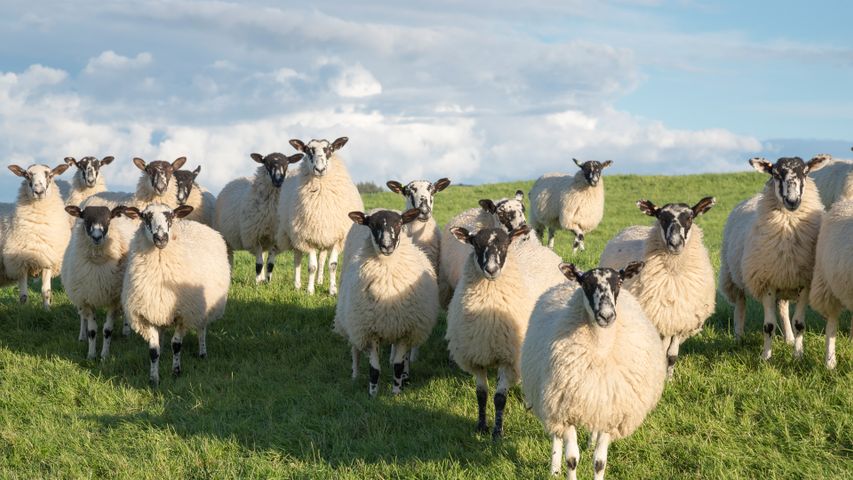 Flock of Swaledale sheep in North Yorkshire, England
Flock of Swaledale sheep in North Yorkshire, England
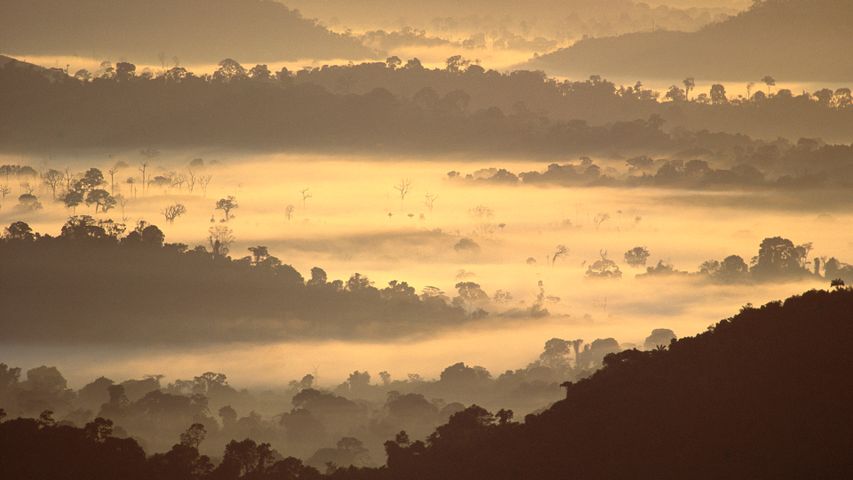 Amazon rainforest, Brazil
Amazon rainforest, Brazil
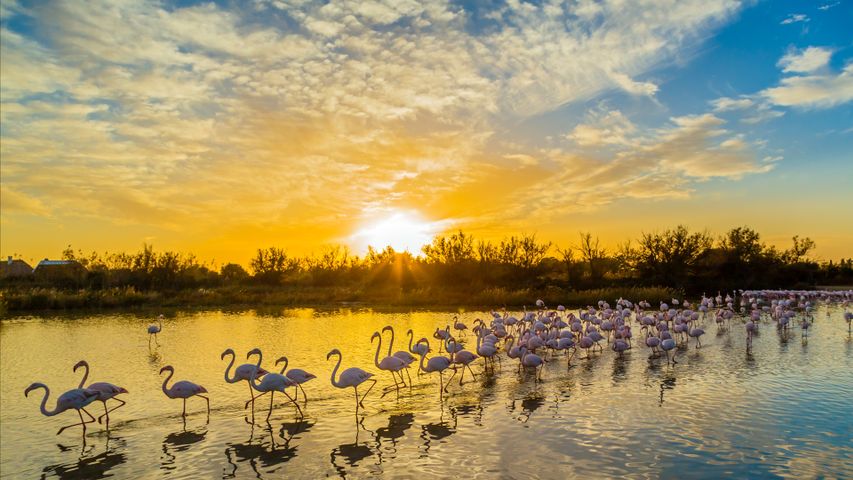 Greater flamingos at Pont de Gau Ornithological Park, Camargue, France
Greater flamingos at Pont de Gau Ornithological Park, Camargue, France
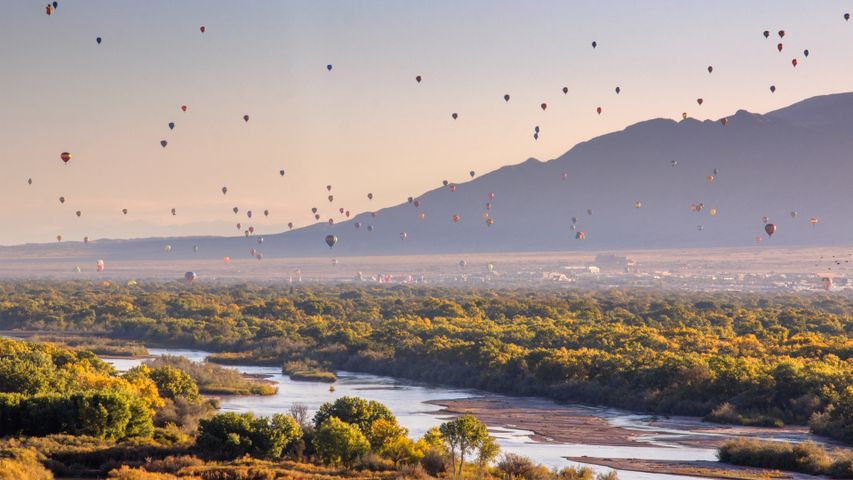 Hot air balloons over the Rio Grande, Albuquerque, New Mexico
Hot air balloons over the Rio Grande, Albuquerque, New Mexico
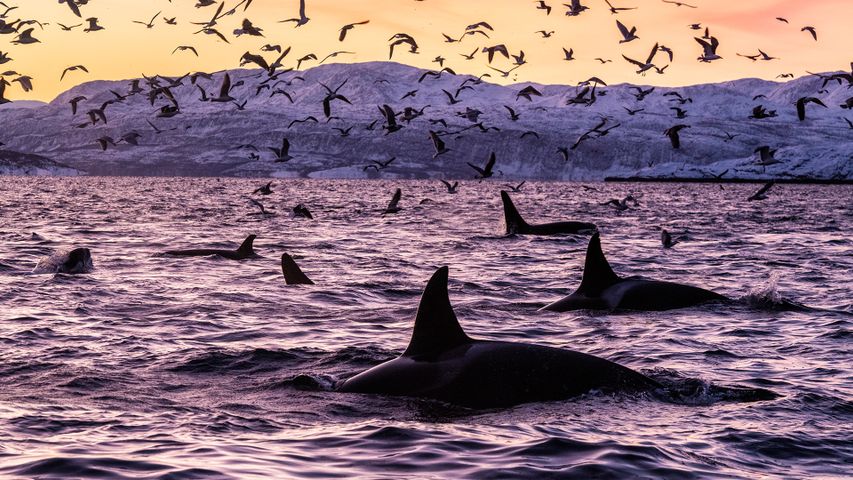 Killer whales in Spildra, Norway
Killer whales in Spildra, Norway
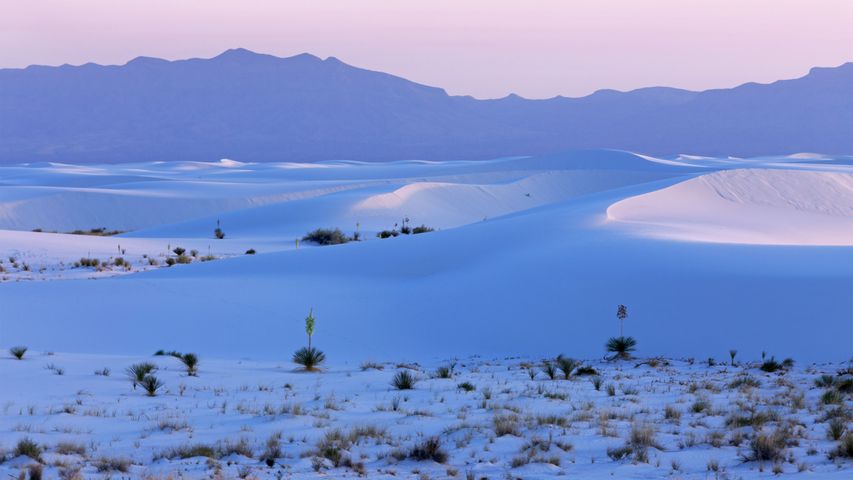 White Sands National Park, New Mexico
White Sands National Park, New Mexico
